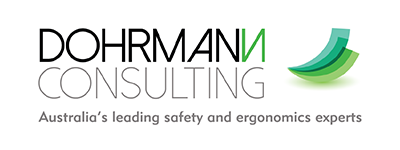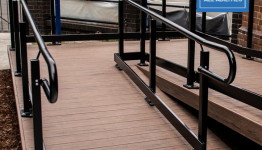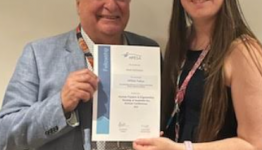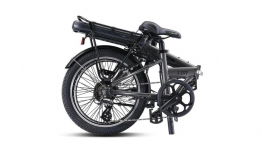12 May, 2021
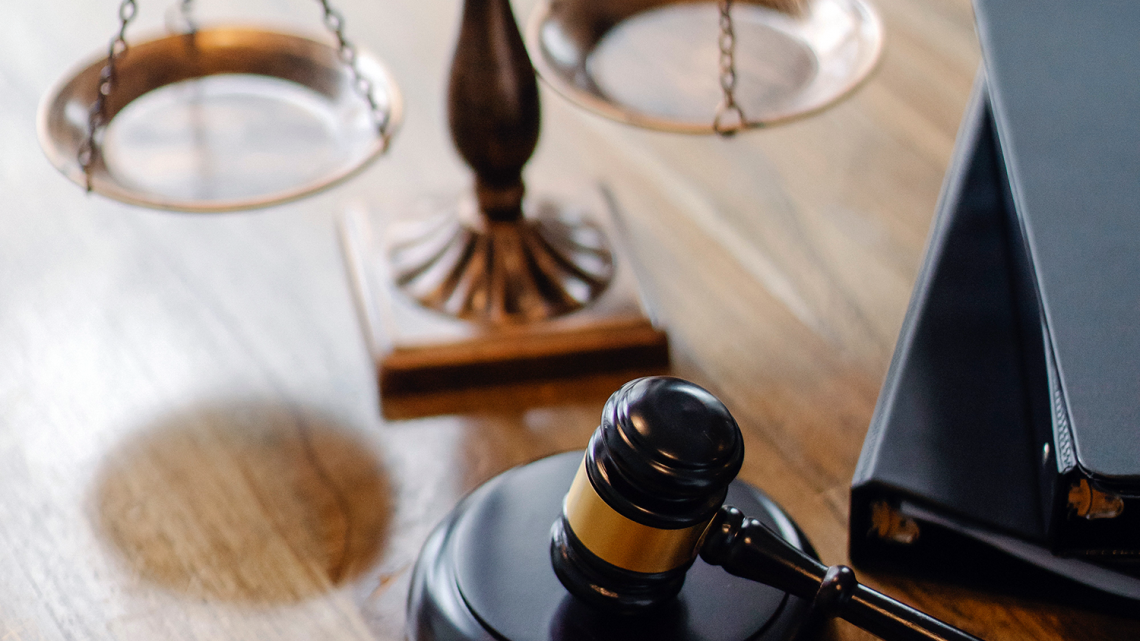
A letter of instruction (LOI) is the initial formal briefing document that is provided to an expert in order to engage their opinion in a case. It is an important document that provides a summary of the circumstances of the matter and instructions on what the expert needs to do. A clear LOI should outline the assumed facts, identify any issues to consider and set out the questions for the expert.
It is highly recommended that solicitors speak with the expert (particularly engineers and ergonomists) before sending the formal letter of instruction. This will provide an opportunity for the expert to review the draft letter and address any questions of concern with proposed questions, technical focus and wording to avoid any later issues.
- Summary of facts or assumptions: Clearly list facts or assumptions that the expert should rely on when forming their opinion. It is critical that the facts or assumptions are carefully defined and properly disclosed to avoid any unnecessary challenge by the opposing party.
- Qualifications: Ensure the expert includes in their report how the specialised knowledge gained from their study, experience and training applies to the issues and their opinion. Reinforce this in your letter.
- List of documents: List all documents and materials that you require the expert to review. Only send materials that are directly relevant to the issues on which you need the expert to form an opinion. It is highly advisable to send the expert only the necessary amount of material needed to avoid the risks of the expert judging the facts, obligatory disclosure, or straying. Ensure each document listed is clearly referenced to enable the expert to accurately reference it in their report.
- Documents sent may include: Statement of Claim, and Particulars; Defence; Interrogatories and Answers; Affidavits and Statements; Factual report; relevant medical reports (selected depending on the nature of the injury, usually not all medicals are needed). Engineering and ergonomics experts do not need payroll, taxation, treatment or rehabilitation documents (unless of course there are any post-initial-injury issues, such as suitability of return-to-work duties).
Material specific to motor vehicle accidents which is useful, includes (if available): detailed accounts of the circumstances, police report(s), statements, high resolution colour photographs / dashcam and/or CCTV footage, copies of data logs (GPS, vehicle information), incident inspection reports, and a view of the scene. - Code of Conduct: Both experts and solicitors must ensure they fully understand the Expert Witness Code of Conduct and all of its overarching obligations and requirements. Solicitors must formally ask the expert to acknowledge and comply with the appropriate code of conduct for the relevant jurisdiction, and include a copy with their letter of instructions.
- Timeline: To avoid any unnecessary delays, please ensure key deadlines are communicated in the LOI, including when the report is required, the mediation and hearing dates (even estimates) and when the expert may be required to give evidence. Obtain the report in plenty of time to allow for time to discuss the report with the expert, and to clarify and refine any issues as necessary.
- Fees: An agreed fee for the expert report may be solicited in the LOI, and the expert should be able to provide a quote promptly to enable you to obtain your client’s instructions
Example letter of instruction
Below is an example of a letter of instruction to provide guidance on what key information to include when formally briefing an expert:
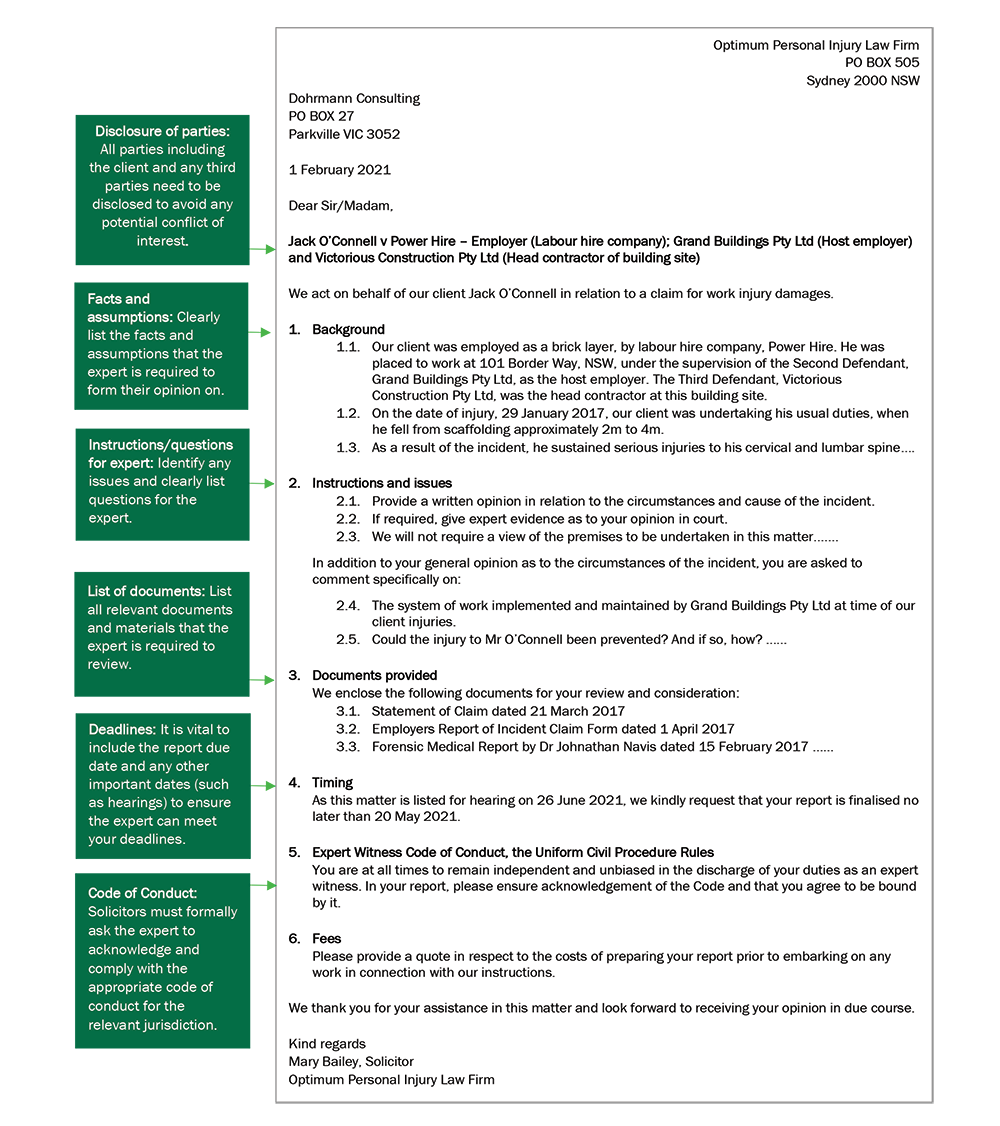
You may also be interested in the following information and resources:
